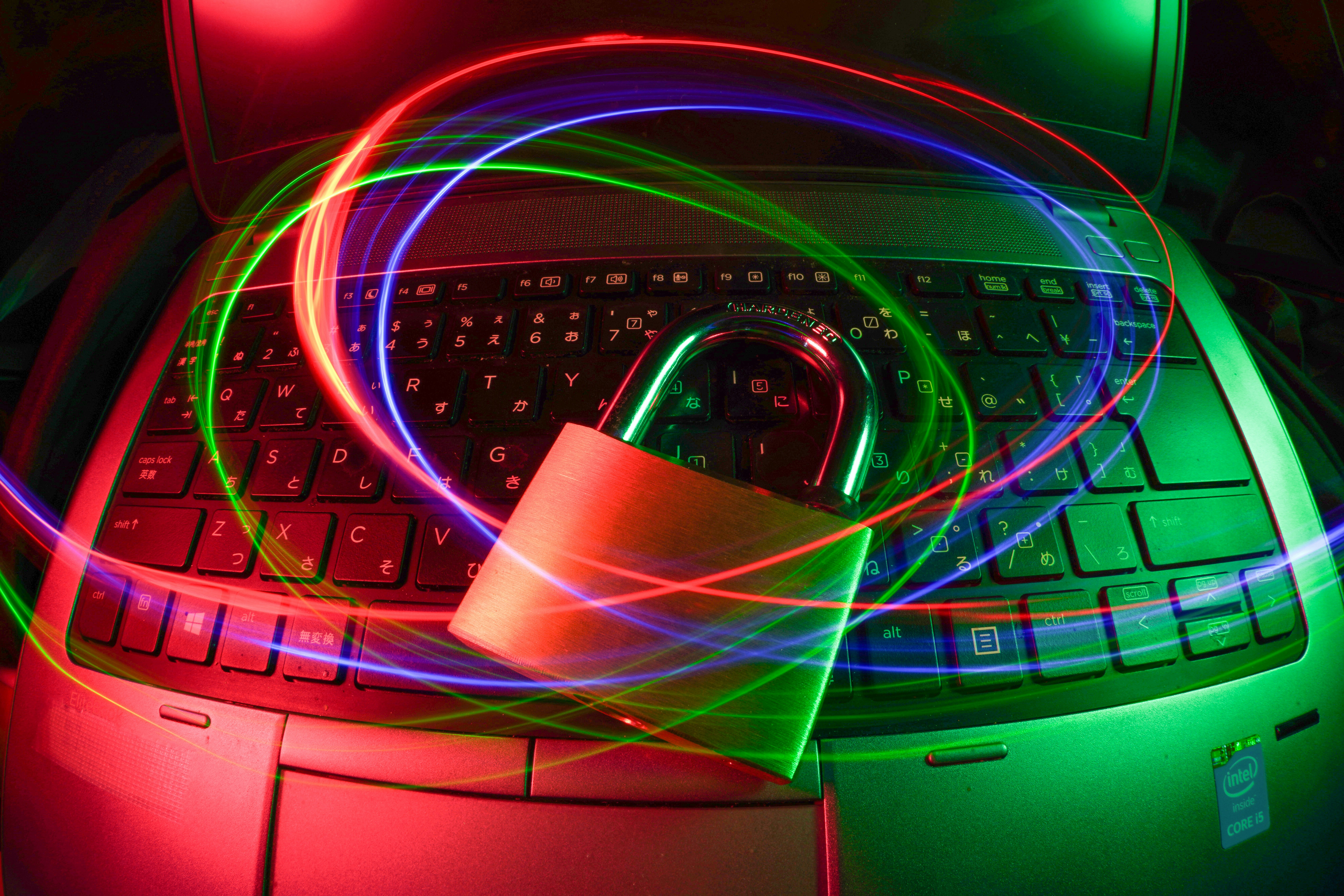Essential Cybersecurity | Protect Cyber Threats
In today’s digital age, remote work has become increasingly common, allowing employees to work from anywhere. While remote work offers flexibility and convenience, it also poses risks. Remote workers are often targets for cyberattacks due to the nature of their work environment. Therefore, it’s crucial for remote workers to be aware of Cybersecurity Essentials and use best practices to protect themselves and their company’s data. The discussion provides essential cybersecurity tips for remote workers to ensure they stay safe online.
Use Secure Connections
When working remotely, it’s important to use secure internet connections. Avoid using public Wi-Fi networks, as they are often insecure and can be easily compromised by cybercriminals. Instead, use a virtual private network (VPN) to encrypt your internet connection and protect your data from prying eyes is an integral part of Cybersecurity Essentials.
Keep Software Up to Date | Cybersecurity Essentials
One of the most effective ways to protect against cyber threats is to keep your software up to date. This includes your operating system, antivirus software, and any other applications you use for work. Updates often contain patches for security vulnerabilities, so it’s an important factor in Cybersecurity Essentials and hence install them as soon as they become available.
Use Strong Passwords | Cybersecurity Essentials
Passwords are your first line of defense against cyberattacks, so it’s crucial to use strong, unique passwords for all your accounts. Avoid using easily guessable passwords like “123456” or “password.” Instead, use a combination of letters, numbers, and special characters, and consider using a password manager to keep track of your passwords securely.
Enable Two-Factor Authentication (2FA)
Two-factor authentication adds an extra layer of security to your accounts by requiring you to provide two forms of verification to log in. This could be a combination of something you know (like a password) and something you have (like a code sent to your phone). Enable 2FA on all your accounts, especially those that contain sensitive information.
Be Aware of Phishing Attacks | Cybersecurity Essentials
Phishing attacks are a common tactic used by cybercriminals to trick individuals into revealing sensitive information. Be wary of emails, messages, or links that seem suspicious or ask for personal information. Always verify the sender’s identity before clicking on any links or providing any information.
Secure Your Devices an element of Cybersecurity Essentials
Ensure that your devices are secure by using antivirus software, firewalls, and encryption tools. Keep your devices locked when not in use and enable automatic locking after a period of inactivity. Additionally, consider using remote wipe capabilities to erase data from lost or stolen devices.
Backup Your Data |Cybersecurity Essentials
Regularly backup your data to protect against data loss due to cyberattacks or device failure. Store backups in a secure location, such as an external hard drive or cloud storage service. Having backups ensures that you can recover your data in the event of a cyber incident.
Educate Yourself About Cybersecurity
Stay informed about the latest cybersecurity threats and best practices by attending webinars, reading cybersecurity blogs, and following cybersecurity experts on social media. The more you know about cybersecurity, the better prepared you’ll be to protect yourself and your company’s data.
Multi-factor authentication (MFA) adds an extra layer of security by requiring users to provide multiple forms of verification to access their accounts. This could include something they know (like a password), something they have (like a code sent to their phone), or something they are (like a fingerprint or facial recognition). MFA significantly reduces the risk of unauthorized access, even if a password is compromised.
Stay Vigilant Against Social Engineering Attacks
Social engineering attacks are a common tactic used by cybercriminals to manipulate individuals into divulging confidential information. These attacks often involve phishing emails or messages that appear legitimate but are designed to trick users into clicking on malicious links or providing sensitive information. To protect against social engineering attacks, it’s essential to verify the authenticity of requests for information and be wary of unsolicited messages.
Secure Your Home Network
Working remotely means relying on your home network for internet connectivity. To ensure the security of your home network, use a strong, unique password for your Wi-Fi network and enable network encryption. Additionally, consider using a separate network for work devices to isolate them from personal devices and minimize the risk of unauthorized access.
Regularly Update Security Software
In addition to keeping your software up to date, it’s essential to regularly update your security software, such as antivirus programs and firewalls. These updates often include patches for newly discovered vulnerabilities and help protect your devices from malware, ransomware, and other cyber threats is an important factor of Cybersecurity Essentials.
In conclusion, remote workers face unique cybersecurity challenges that require proactive measures to mitigate. By implementing strong password practices, using secure connections, enabling multi-factor authentication, staying vigilant against social engineering attacks, securing your home network, and regularly updating security software, are the most important elements of Cybersecurity Essentials. Thus, remote workers can significantly reduce their risk of falling victim to cyber threats.
Moreover, cybersecurity is everyone’s responsibility, and by staying informed and adopting best practices, remote workers can protect themselves and their organizations from cyber attacks.
For hiring needs CONTACT US

